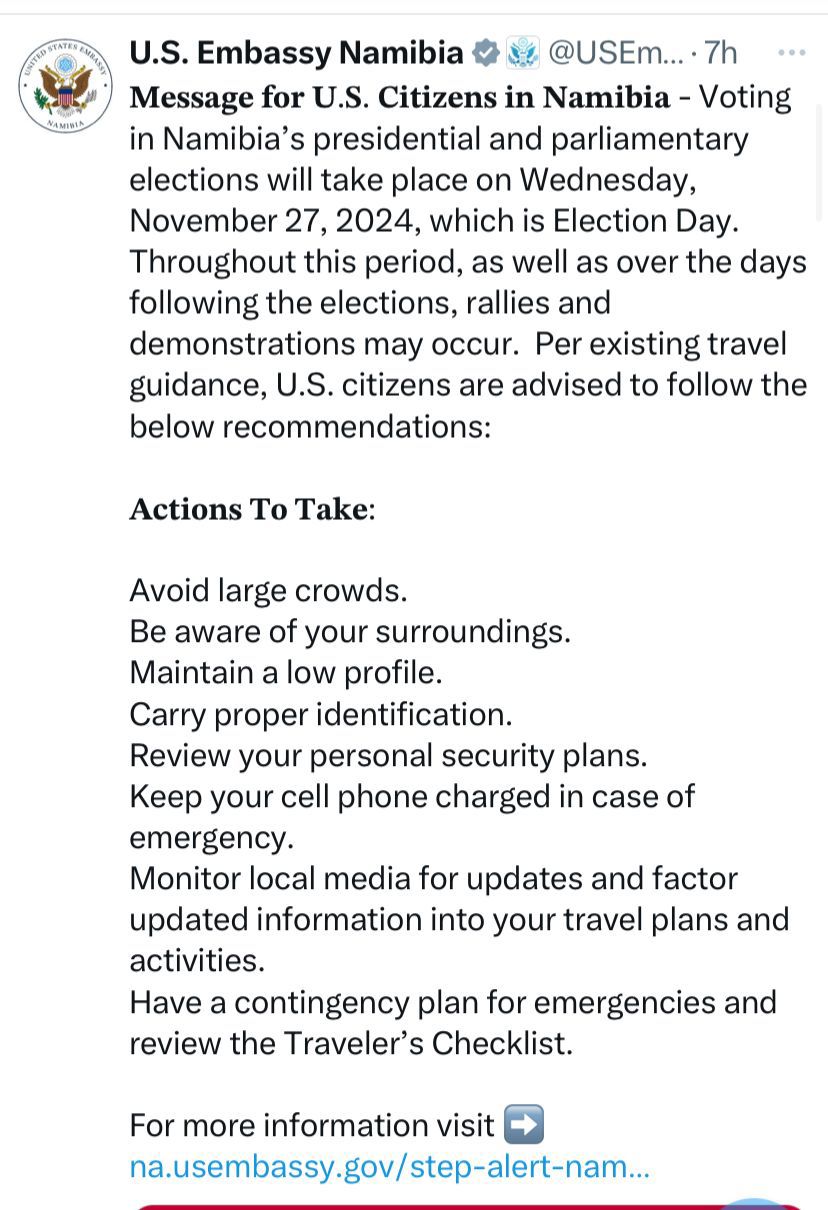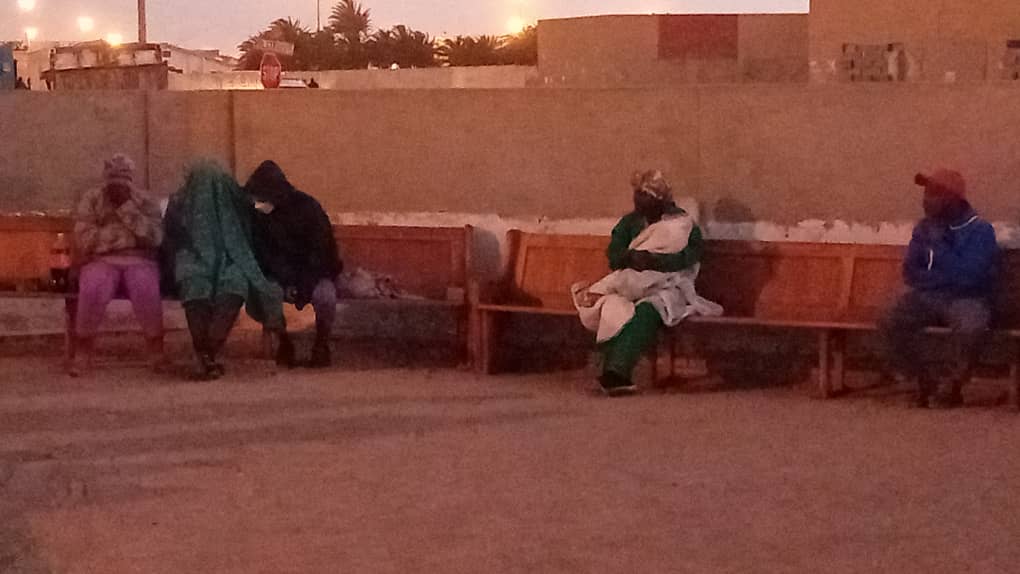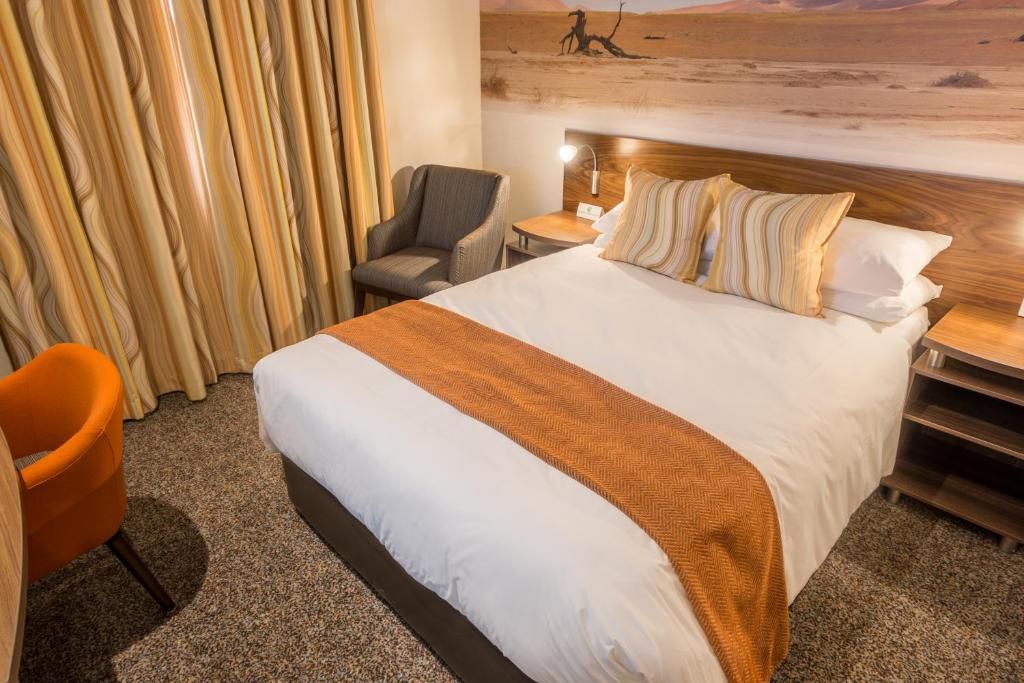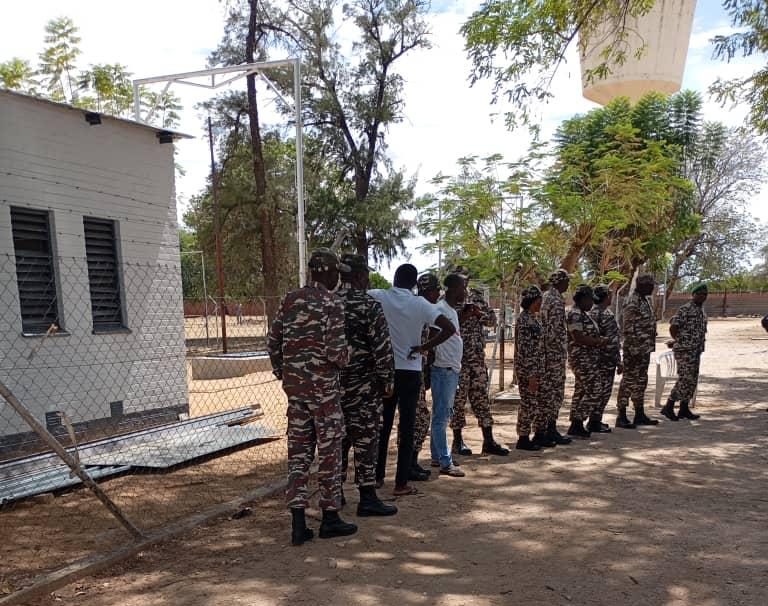• SALMAAN DHAMEER and ANNARINE BEAUTY JACOBSThe prominence of Hendrik Witbooi in the history and destiny of Namibia, his resolve and intense yearning to free Namibia at all costs, the methods he deployed to bring about liberating changes, his philosophy of pan-Africanism, and the support he gained from internal leaders, colonisers and far-off countries (like China and Japan) for the common goal of defeating imperialists, came to be recognised, and rightly so, by both the Namibian government and the international community through the United Nations Education, Scientific and Cultural Organisation (Unesco).
The recognition of the first nine national heroes of the Namibian liberation struggle followed sequence, starting with the first hero, Hendrik Witbooi, followed by Jacob Marengo, Chief Kahimemua Nguvauva, Chief Samuel Maharero, Chief Nehale Lya Mpingana, Chief Mandume ya Ndemufayo, Chief Lipumbu ya Tshilongo, Chief Hosea Komombumbi Kutako and Kakurukaze Mungunda.
At the opening ceremony of Heroes Acre on 26 August 2002, Sam Nujoma, founding president and father of the nation, said “as we inaugurate this Heroes’ Acre today, we will unveil the graves of nine of our national heroes and heroines whose names have already been engraved here in the Heroes’ Acre.
“These heroes and heroines were identified from the period of our people’s resistance against German colonialism to the era of modern anti-colonial struggle, specifically the Windhoek Old Location Uprising on 10 December 1959. I will now present them in the following order.”
Hendrik Witbooi was then named as the first hero; his grave is the first engraved at Heroes’ Acre, and the founding father provided the background on what prompted Hendrik Witbooi to lead the resistance against German conquerors in such a fierce, brave and bold manner, with the singular aim to defeat Germany’s colonial hold on our land and our resources.
Sam Nujoma stated that the sole aim of German imperialists was “to conquer and subjugate our people and to exploit the resources of our people”.
He added that they would go to any length: “When they saw fit, they did not hesitate to murder, maim, torture and imprison our people on Shark Island, off the shores of Luderitz.”
Hendrik Witbooi was thrown into the fray by circumstances of the time as these barbaric acts by colonisers of our defenceless people were unjustified and he rose up to confront them.
In the words of Sam Nujoma: “Confronted with this inhumane treatment at the hands of the German Imperial troops, our peace loving people were left with no other choice but to rise to arms and fight back in defence of their land and territorial integrity.
“Among them was a revolutionary and determined leader and military tactician by the name of Kaptein Hendrik Witbooi.”
Hendrik Witbooi’s popularity in terms of his many attributes – his bravery, patriotism, pan-Africanism and mediation roles – did not go unnoticed.
The world body Unesco recognised the role played by Hendrik Witbooi in the late 1800s. Witbooi’s Papers were included in the Memory of the World Register in 2005 accompanied by the following words: “Witbooi’s insights into the nature of colonialism, about the fundamental difference between conflict with African competitors and with European invaders, his attempts at formulating African legal concepts, and the visionary and poetic power of some of his texts are the qualities that set his letters apart and above the bulk of contemporary and earlier African texts of the same genre. The texts include the probably first written formulation of the concept of pan-Africanism.”
Namibians remember their fallen heroes through dedicated days – Heroes’ Day, Cassinga Day, and soon Shark Island Memorial Day.
The sequence in which each painful chapter unfolded is narrated at every possible occasion by all our leaders.
It started with Sam Nujoma, who left no platform unturned in remembering our brave heroes and heroines, whose mantle he carried until the dawn of independence in 1990.
Former president Hifikepunye Pohamba continued to remind the nation of their sacrifices throughout his tenure.
At the occasion of the official launch of a new generation of banknotes – and in the presence of President Pohamba – the Governor of the Bank of Namibia, Ipumbu Shiimi, explained on 21 March 2012 why Hendrik Witbooi was chosen to be on the Namibian bank notes.
He said “Kaptein Hendrik Witbooi will forever remain one of our martyrs, a hero who fought fearlessly against the occupation of our mother land.
“The battles he fought, for example in the Naukluft Mountains on 27 August 1894 and subsequent battles in the Auab Valley, were not ordinary, but acts of bravery… According to history, these were his last words: ‘It is enough now, the children shall have peace’.
“Ladies and gentlemen, my fellow Namibians, let’s treasure the peace we are currently enjoying for this was bought with blood.”
During Heroes’ Day on 26 August 2017, our current head of state, President Hage Geingob, reminded Namibians once again that “the bravery of the Namibian people against oppressors can be traced back to the 1800s and was characterised by bravery and sacrifice. This resistance was best summarised by Kaptein Hendrik Witbooi’s words of, ‘Let us die fighting’.”
The legacy of Hendrik Witbooi continues to inspire us all. Our leaders continue to remind us of the role played by Hendrik Witbooi and world body Unesco has joined in to demonstrate the importance of building a strong inclusive Namibian History House.
Stay informed with The Namibian – your source for credible journalism. Get in-depth reporting and opinions for
only N$85 a month. Invest in journalism, invest in democracy –
Subscribe Now!






